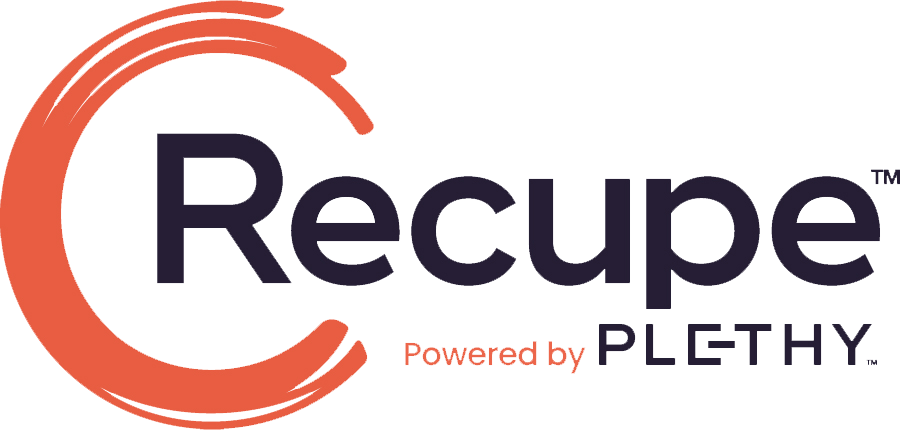WORKERS' COMP THOUGHT LEADERSHIP SERIES
Simple Ideas for a Complex System
Presented by


Highly Protected Risk (HPR) Defined
by Bill Zachry, SCIF Board Member
2004-2024
From a property insurance standpoint, a Highly Protected Risk (HPR) is a property that highly specialized property insurance underwriters have determined to be subject to a lower-than-normal probability of loss by virtue of its fire-resistive construction, limited exposure from onsite and offsite hazards, specialized fire protection equipment, abundant source of water for firefighting purposes, support from emergency responders and management’s commitment to fire prevention and loss control.
HPR is an underwriting designation assigned to a property by insurers after an exhaustive examination of the physical risks involved, a detailed inspection of the property, and an interview with the facility management to confirm that aggressive measures are taken to implement and maintain the defined standards.
For the most part, HPR insurance is underwritten by specialized insurance carriers. One of the critical expectations on the part of the underwriters is that management is committed to the “HPR approach.” This forges a strong partnership between the carrier and the insured that emphasizes proactive loss mitigation in constructing, managing, and using property assets. The benefit to the insured is generally a better quality insurance contract, more exacting terms and conditions, assurance of liability limits, and more favorable premium pricing. The benefit to the carrier is a lower exposure to loss and an improved understanding of premium income and property underwriting portfolio return on capital.
HPR – History
The origins of the HPR concept go back to the late 1880s when the prevalence of catastrophic fire losses at textile mills in New England caused factory owners to create mutual insurance companies to provide indemnification for a member’s fire loss. These were commonly known as the Factory Mutual (FM) System.
The notion that automatic protection would reduce fire losses caused the invention of the first automatic fire sprinkler. Having automatic protection that required design, installation, testing, and maintenance was the beginning of the philosophy that automatic protection, along with good safety practices, would benefit all the mutual company members.
The HPR insurance concept continued to evolve throughout the 20th century, with the consolidation of the New England mutual companies and the formation of competing organizations.
The industry base spread from textile origins to other manufacturing classes, as well as to retail, office, and institutional entities, with a business focus on reducing losses and the associated reduced premiums.
HPR Carrier Innovation
As an example of innovation concerning the HPR concept, in the 1950s, a fully sprinkled automobile transmission plant burned to the ground because it had a flammable roof membrane. Research by HPR insurance companies resulted in the design of a membrane and roof deck that contributes nothing to the fire loading and is resistant to wind forces. Other innovations have been validated in countless loss control analyses and investigations, resulting in the development of the National Fire Protection Association (NFPA) codes/standards and Factory Mutual (FM) data sheets that provide protection systems, building design, and rack storage guidelines. These design guidelines are used with system and equipment testing by recognized agencies. Often, products and systems are listed by Underwriters Laboratories (UL).
HPR – As it Applies to Risk Management and Businesses
Protection systems and superior building construction are of little value unless combined with a management attitude focused on preventing losses.
Management’s attitude toward loss control is the cornerstone of any culture of safety and the foundation of success for safety and loss prevention. If the companies management demonstrates interest in and, in fact, mandates attention to maintenance and testing of fire protection systems, implementation and monitoring of human element factors, such as cutting and welding permit programs and routine self- inspection, and approval for spending to achieve optimum levels of protection and high quality of building construction and internal systems the insurance costs are lower and the likelihood of losses are also reduced.
The advantages to the company in embracing the HPR concept as part of the risk management culture are numerous:
- The company culture of safety focuses directly on maintaining the safety of its customers and employees. Reducing the frequency and severity of property loss has a direct and favorable effect on safety in the company’s workplace, affecting both colleagues and customers.
- Todays business environment is very competitive. By aggressively embracing the HPR concept, management is reducing the amount of risk that the company faces from a revenue stream perspective, which is otherwise called business interruption.
- Lower exposure to losses within the retention level.
- Lower property premiums.
- Greater likelihood of retaining property coverage in a hard market.



